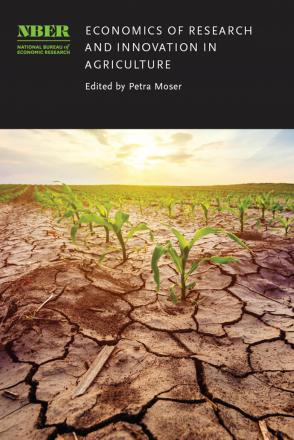Academic Engagement, Commercialization, and Scholarship: Empirical Evidence from Agricultural and Life Scientists at US Land Grant Universities

This article examines the involvement of agricultural and life science faculty at US land grant universities in two types of university-industry relations (academic engagement, academic commercialization) and traditional academic scholarship. It exploits large-scale, random sample cross-section surveys in 2005 and 2015 to fill a knowledge gap regarding the prevalence, coincidence, intensity, importance and factors shaping faculty involvement in university-industry relations (UIR). Academic engagement, which includes sponsored research, industry collaborations, and presentations, is far more prevalent and important than is academic commercialization, which includes patenting, licensing, and start-ups. Academic engagement generates 15 to 20 times the research funds than academic commercialization does. UIR activities are higher among faculty with higher academic scholarship activity, so UIR and academic scholarship appears to be synergistic. While individual, institutional, and university-level factors all help explain faculty UIR activity, econometric analysis highlights differences across fields as well as faculty attitudes toward science and commercial activity in shaping the involvement with the two types of UIR. Significant differences also stem from university fixed effects and may be contingent on history, location, and quality of science.


